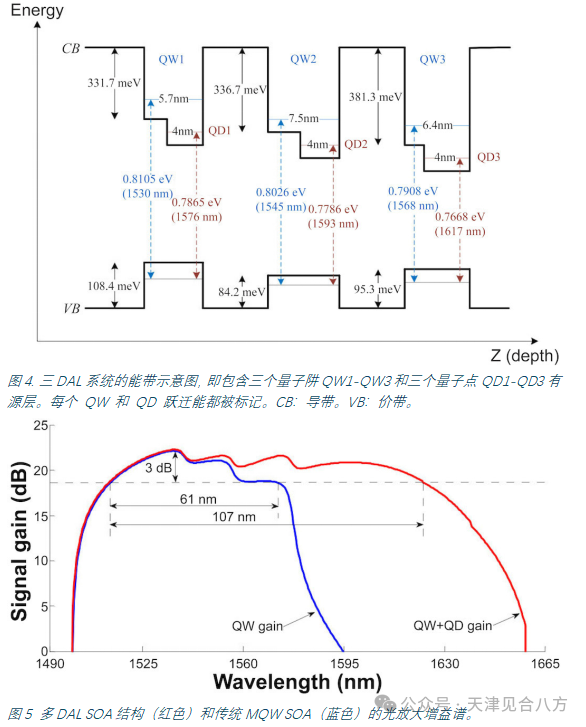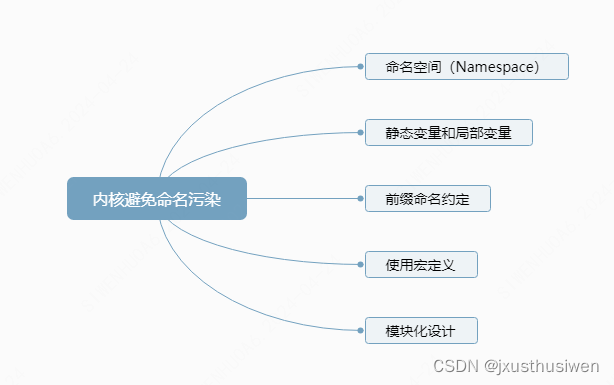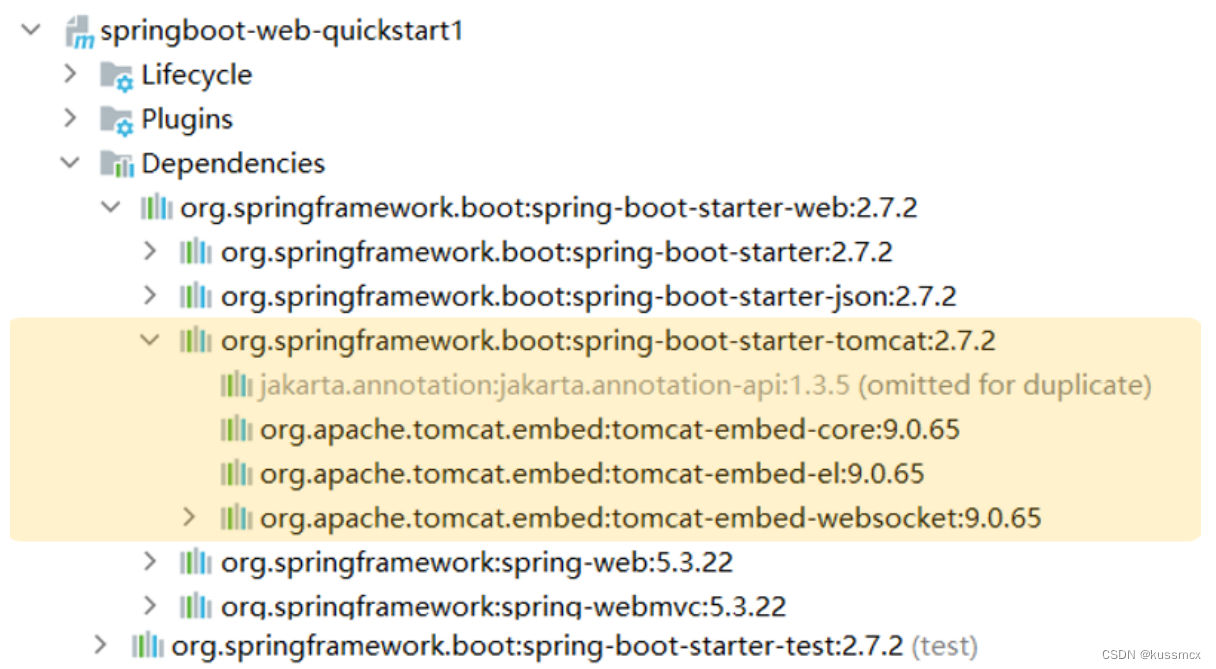【LetMeFly】216.组合总和 III:回溯(剪枝) OR 二进制枚举
力扣题目链接:https://leetcode.cn/problems/combination-sum-iii/
找出所有相加之和为 n 的 k 个数的组合,且满足下列条件:
- 只使用数字1到9
- 每个数字 最多使用一次
返回 所有可能的有效组合的列表 。该列表不能包含相同的组合两次,组合可以以任何顺序返回。
示例 1:
输入: k = 3, n = 7 输出: [[1,2,4]] 解释: 1 + 2 + 4 = 7 没有其他符合的组合了。
示例 2:
输入: k = 3, n = 9 输出: [[1,2,6], [1,3,5], [2,3,4]] 解释: 1 + 2 + 6 = 9 1 + 3 + 5 = 9 2 + 3 + 4 = 9 没有其他符合的组合了。
示例 3:
输入: k = 4, n = 1 输出: [] 解释: 不存在有效的组合。 在[1,9]范围内使用4个不同的数字,我们可以得到的最小和是1+2+3+4 = 10,因为10 > 1,没有有效的组合。
提示:
2 <= k <= 91 <= n <= 60
方法一:二进制枚举(选与不选)
一共 9 9 9个数,每个数选与不选一共有 2 9 = 512 2^9=512 29=512种情况。
我们只需要使用一个二进制数一一枚举这 512 512 512种情况即可。
二进制数的每一位代表每个数的选与不选,对于某种情况,只需要判断是否恰好为 k k k个数,以及是否恰好和为 n n n即可。
- 时间复杂度 O ( C × 2 C ) O(C\times2^C) O(C×2C),其中 C = 9 C=9 C=9
- 空间复杂度 O ( C ) O(C) O(C)
AC代码
C++
class Solution {
public:vector<vector<int>> combinationSum3(int k, int n) {vector<vector<int>> ans;int to = 1 << 9;for (int i = 0; i < to; i++) {if (__builtin_popcount(i) != k) {continue;}vector<int> thisSolution;int thisCnt = 0;for (int j = 0; j < 9; j++) {if (i & (1 << j)) {thisCnt += j + 1;thisSolution.push_back(j + 1);}}if (thisCnt == n) {ans.push_back(thisSolution);}}return ans;}
};
Python
# from typing import Listclass Solution:def combinationSum3(self, k: int, n: int) -> List[List[int]]:ans = []for i in range(1 << 9):if i.bit_count() != k: # Python 3.9.4中似乎无此函数continuethisSolution = []thisCnt = 0for j in range(9):if i & (1 << j):thisCnt += j + 1thisSolution.append(j + 1)if thisCnt == n:ans.append(thisSolution)return ans
方法二:回溯+剪枝(DFS)
写一个函数dfs(k, n, index)来求所有“从[index,9]范围内选k个数使得和为n”的情况。
- 如果
k = 0 && n == 0,则说明当前方案为一个可行方案,计入答案中且返回 - 如果
index > n || index == 10 || k <= 0,则终止(剪枝/递归终止条件)
这样,就只有选与不选index这两种情况:
- 不选
index:直接递归调用dfs(k, n, index + 1) - 选
index:将index加入当前选择方案的数组中、递归调用dfs(k - 1, n - index, index + 1)、将index从当前方案中移除(回溯)
以上
- 时间复杂度 O ( ( C k ) × k ) O(\begin{pmatrix}C\\ k\end{pmatrix}\times k) O((Ck)×k),其中 C = 9 C=9 C=9, ( C k ) \begin{pmatrix}C\\ k\end{pmatrix} (Ck)为组合数从 C C C个数里面选 k k k个
- 空间复杂度 O ( C ) O(C) O(C)
AC代码
C++
class Solution {
private:vector<vector<int>> ans;vector<int> now;// 从[index,9]范围内选k个数使得和为nvoid dfs(int k, int n, int index) {if (!k && !n) {ans.push_back(now);return;}if (index > n || index == 10 || k <= 0) {return;}// not choosedfs(k, n, index + 1);// choosenow.push_back(index);dfs(k - 1, n - index, index + 1);now.pop_back();}
public:vector<vector<int>> combinationSum3(int k, int n) {dfs(k, n, 1);return ans;}
};
小数据情况下,方法一的实际执行效果也许会优于方法二。
Python
# from typing import Listclass Solution:def dfs(self, k: int, n: int, index: int) -> None:if not k and not n:self.ans.append(self.now[:])returnif index > n or index == 10 or k <= 0:returnself.dfs(k, n, index + 1)self.now.append(index)self.dfs(k - 1, n - index, index + 1)self.now.pop()def combinationSum3(self, k: int, n: int) -> List[List[int]]:self.ans = []self.now = []self.dfs(k, n, 1)return self.ans
同步发文于CSDN和我的个人博客,原创不易,转载经作者同意后请附上原文链接哦~
Tisfy:https://letmefly.blog.csdn.net/article/details/138033273







